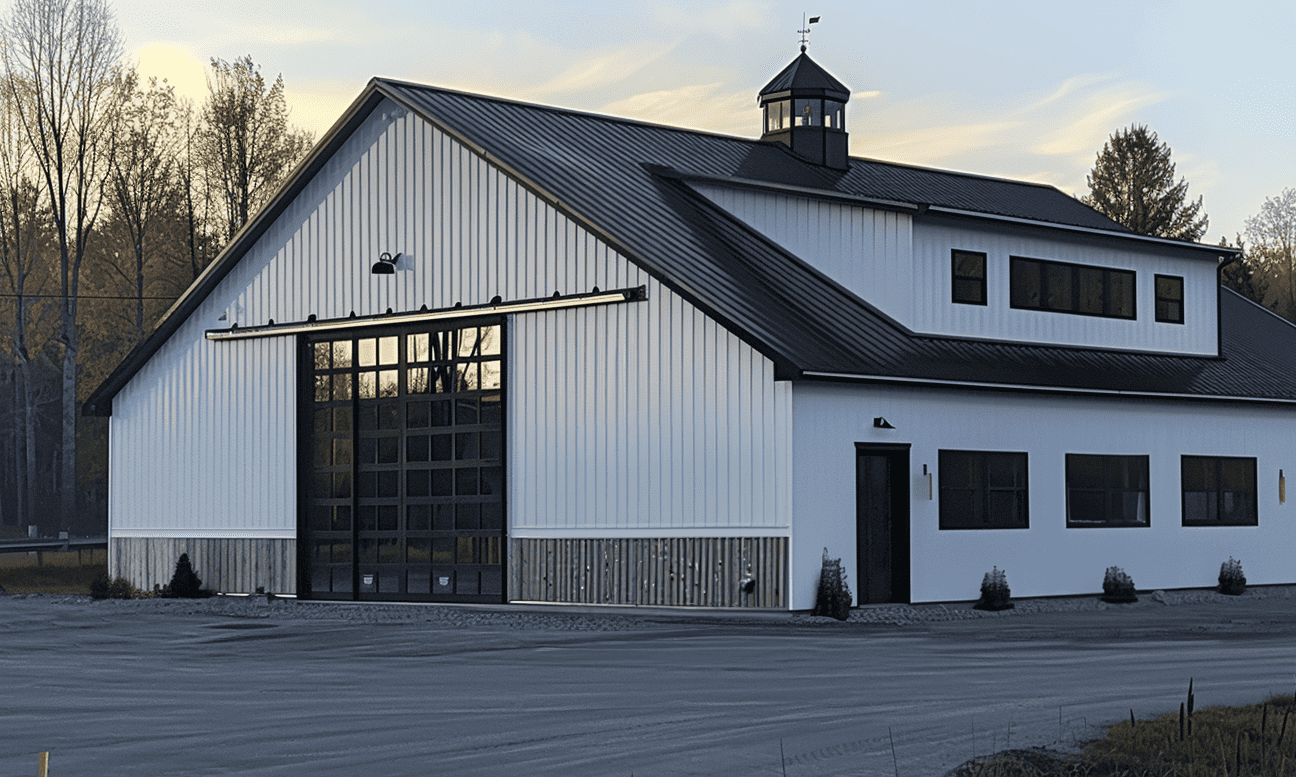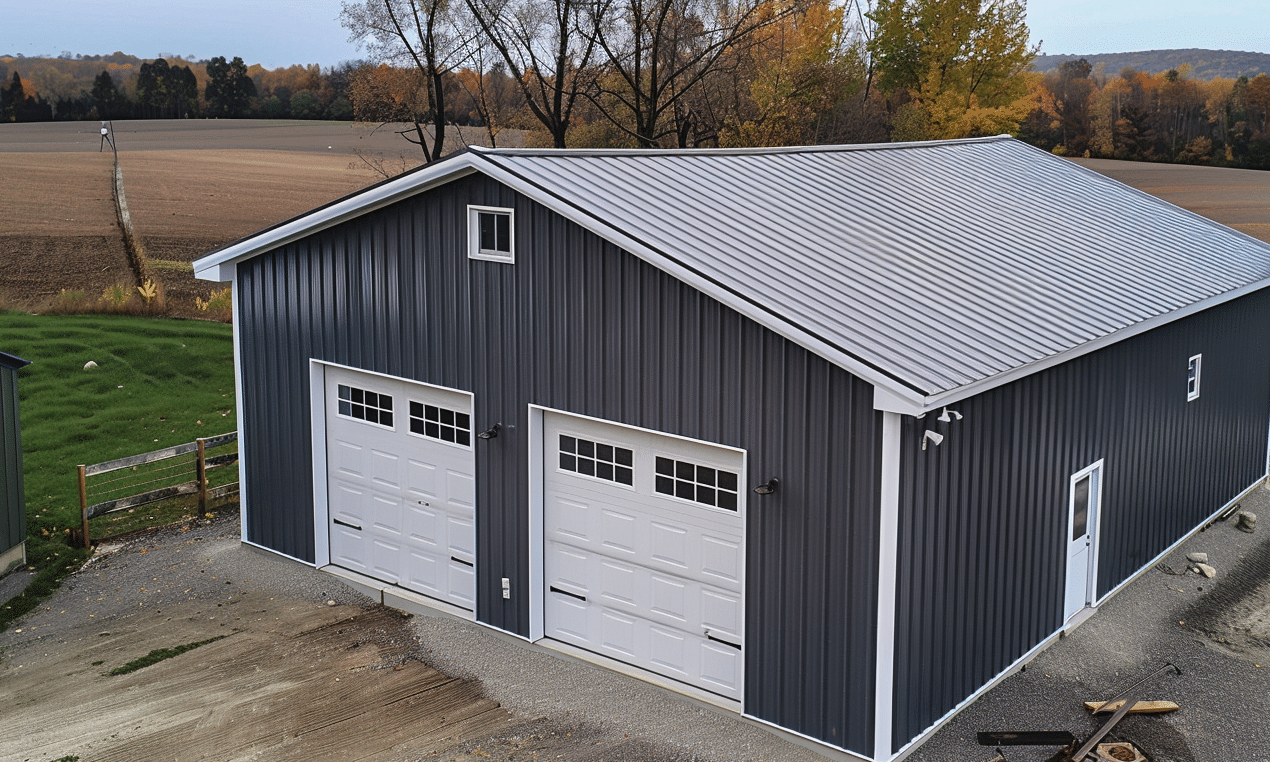Housing Upheaval in Rural Alberta: A Deep Dive into Decreasing Apartment Vacancies and Rising Rents
The tranquil landscapes and unique appeal of rural Alberta have been drawing an increased number of inhabitants over the years. Now, the housing market reflects the growing popularity of these areas, facing new dynamics in the form of decreasing apartment vacancies and rising rents. Let’s delve into the implications of this changing scenario and what the future holds for Alberta’s rural communities.
A Picture of Change
According to a recent provincial survey, the average cost of renting an apartment in rural Alberta has seen a considerable increase last year. This economic development can be attributed to a number of factors, iconic among them being the increasing demand for apartments due to a swelling population and a resultant drop in rental vacancies. This shift has prompted a certain rethinking in housing strategies and trends in these regions.

The Consequences of Rising Rents
Amidst these rising rents, affordability becomes an ever-increasing concern, especially for lower-income families and those living on fixed incomes. Higher rental prices also pose challenges for moderate-income groups, who may find it increasingly hard to save enough to transition from renting to homeownership. These increasing prices might lead potential renters to explore alternate housing options such as pole barns.
The Race for Space: Decreasing Vacancies
With demand outpacing supply, apartment vacancies in rural Alberta are dropping. Such a scenario may spur more construction activities, as businesses and landlords scramble to capitalize on the burgeoning demand. However, it takes time to build new housing facilities, especially in rural areas where resources might be limited.
The Balancing Act: Construction and Real Estate Developments
The ongoing situation in rural Alberta underscores the importance of a delicate balancing act. To alleviate the demand-supply issue without skyrocketing rental prices, construction of cost-effective and quickly built housing units such as metal sheds and steel construction homes could be a plausible solution. Additionally, governments and policymakers might need to enact measures to prevent exorbitant rent increases, thereby maintaining affordability and access to housing for all residents.

Moving Forward
As rural Alberta continues to grapple with these changes, it’s essential for everyone in the property management chain, from landlords and managers to policymakers, to understand the underlying dynamics and work collaboratively towards fostering healthy, sustainable communities.
In closing, we live in an era where the housing market is in a state of continual evolution, mirroring both the socio-economic changes and the lifestyle preferences of the populace. To stay updated on the latest news and insights into Alberta’s rental market and other housing trends, head over to the original news source, CBC News.
Now, we turn the conversation over to you. Have you been affected by these changing dynamics in Alberta’s rural rental market? How are you coping? Do you see any silver linings in this seemingly grey cloud? Do you think initiatives like converting old barns into homes can help address the issue? Your insights and input can enrich this conversation further. Please feel free to leave a comment or question below.




